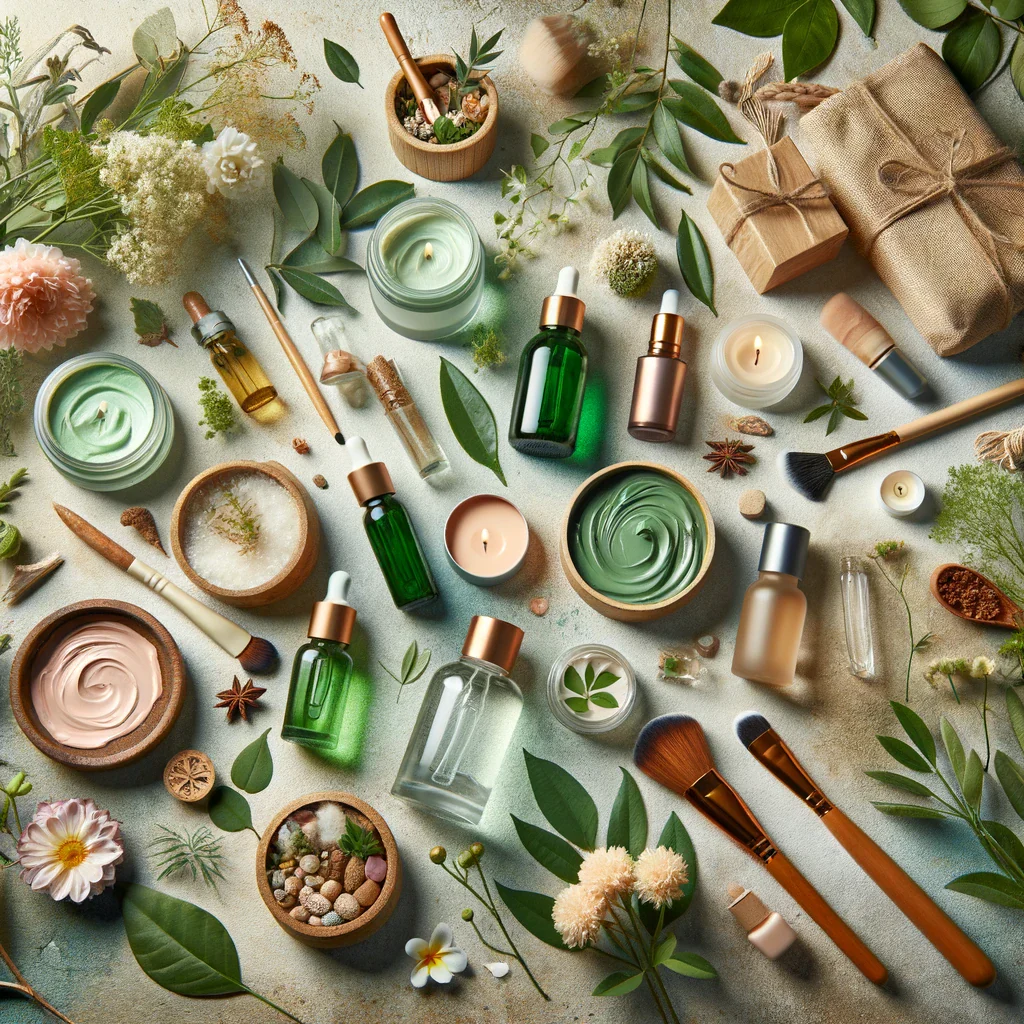With the rise of the eco-conscious consumer, sustainability has become the new buzzword in the skin-care industry. With there being no legal definitions of terms like eco-friendly, green, or sustainable, companies slap labels on their products to fool people into buying skin-care products that they might not use otherwise. This is why the EU, for example, has started with stricter regulations against the use of such terms.
A popular term in the sustainability movement is “low-waste”, which means living by generating the least amount of waste possible. In skincare and beauty, this would mean switching from shampoo bottles to shampoo bars, from lotions to cream bars and DIY oils, and more which reduces packaging waste. While that is a narrow definition of sustainability, since it does not take into account the lifecycle of the product but only something that makes up 10% of it. Keeping this in mind, here are our top three recommendations for sustainable skincare-

1. What to do with those plastic tea bags after you are done making your tea? Use them as a replacement eye cream!
Research has shown that tea has antioxidants that are good for the skin. Furthermore, tea and coffee have caffeine, which is a vasoconstrictor and helps de-puff the eyes by constricting blood vessels in that area and making redness less apparent. While it does not replace your skincare, it is a low-cost solution that helps make use of what you have at home. Just ensure that your doctor approves of this, and do not rub coffee products that cause microtears into your skin.
2. Reusable Cotton Pads
Why waste cotton, a crop whose environmental footprint is often in debate, every time you want a cleanse or need to take off your makeup? A nice micro-fibre towel that can be found in your drawers and washed in your washing machine does the job just as well. If you are particular about cotton, you can pick reusable cotton pads, which can be thrown in the wash and save the planet a lot of grief! Or do as many climate influencers have, and take an old cotton tee and cut reusable rags out of it.
3. Zoobop your products
Given how rampant greenwashing is, look for reviews from trusted sources, or Zoobop, or for certifications to ensure your products are what they say. One step is to turn the label and read the ingredients list. Remember, not all chemicals are bad, and organic isn’t always better than lab-made, because that depends on how resource-intensive a product is. Just like how DIY doesn’t work well for everyone! Thus, it is imperative to ensure we get the right mix of natural, organic, and lab-made ingredients, especially ones designed to last. Plant-based ingredients often are of a lower impact, but again, it depends on how and where the product is sourced.

4. Be Mindful of Trends
While trends can share helpful information, always go to your doctor before changing your skincare or stick to what works. Not only can trends harm your skin, but they can also lead to over-exploitation of resources, when there might be less popular alternatives or the item might not add value to your skincare routine.
Having your own style suited to your happiness and skin needs is the way to go, especially by making it sustainable through ways such as supporting ethical and fair-trade brands, going to brands with take-back programs or refills, and doing the best you can.
Also check:- India’s Best Beach Destinations
Bonus- One DIY skincare product not to use
Coffee scrubs
While coffee has caffeine and which is good for the skin, coffee as a scrub can cause micro-tears in the skin. Coffee granules aren’t rounded or even-shaped and each granule can have its own sharp edges which can cause invisible tears in the skin. This can lead to inflammation and redness. Hence, keep the coffee bags to de-puff your eyes, not your face!
With this, our carefully curated article on sustainable skincare comes to an end. Follow us to know more about sustainable skincare and a green lifestyle, or just catch up on global news.

